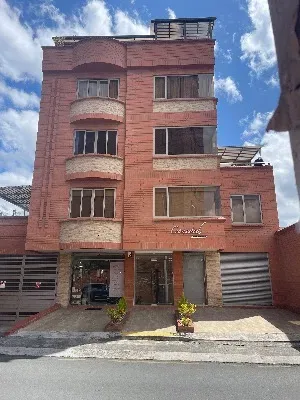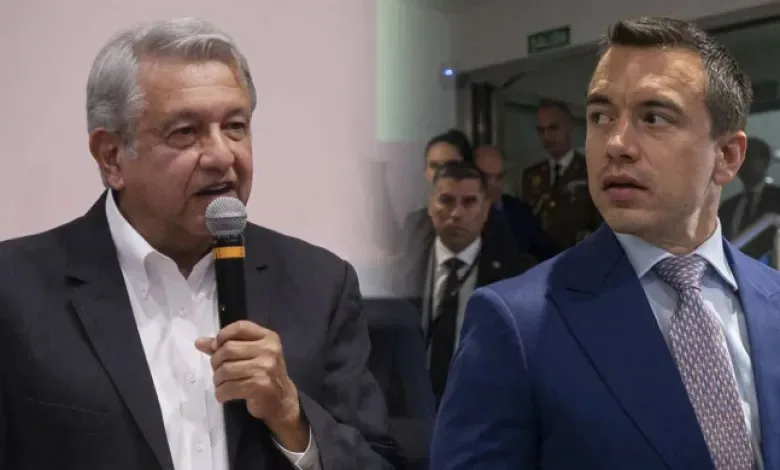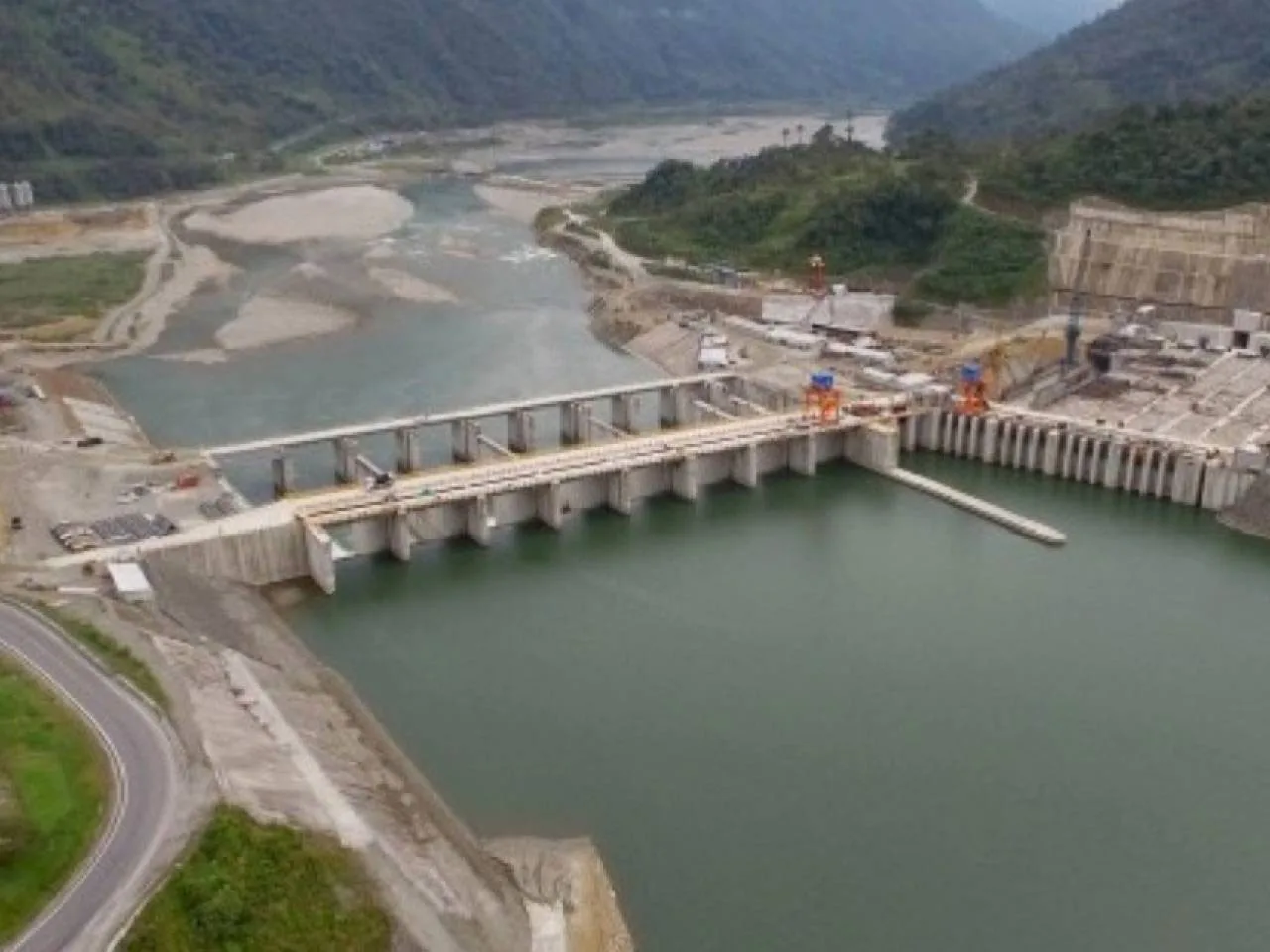Parque Calderón: For more than 400 years it’s been the heart and soul of Cuenca
By David Morrill and Deke Castleman
Most foreign visitors start their first tour of Cuenca at Parque Calderón and many expats pass through the park on a daily basis. Despite the recent restrictions imposed by the Covid-19 pandemic, the park remains full of people, the heart and soul of the city.
Parque Calderón has an almost magical quietness and tranquility about it, offering that proverbial peaceful easy feeling. Other than a little clatter from the cars rattling over the cobblestones, a stray horn beeping in the distance, and a dog barking behind a gate, it’s the perfect place to relax.
The big caveat is that when a festival is going on, which is usually accompanied by fireworks, it’s the busiest, noisiest, swingin’est place in town.
But how many of us really know much about Parque Calderon and the young man it’s named for? Here’s some background for your visiting pleasure.
Garaicoa Abdón Calderón
A statue of Garaicoa Abdón Calderón stands at the heart of Parque Calderón, which marks the heart of El Centro, which, in turn, marks the heart of Cuenca.
Abdón Calderón was born in Cuenca in 1804. At the tender age of 18, Calderón was one of the heroes of the decisive Battle of Pichincha, fought on May 24, 1822, south of Quito, where separtist revolutionaries defeated Spanish royalists. The battle liberated Quito and secured the independence of the provinces that would soon join to become Ecuador.
The number of times Calderón was wounded in battle is in dispute (ranging between four and fourteen depending on the source), but the consensus is that Calderón remained in the line of fire, ensuring that his battalion held firm; he died a few days after the battle. His story, like that of Nathan Hale or Paul Revere in the U.S., is told to schoolchildren in Ecuador; his last words were, reportedly, “I can die happy, because

Statue of Abdon Calderon at the center of the park.
my country is free.”
Calderón is honored in the park’s heroic statue, depicting the wounded hometown boy holding firm to the flag of independence. The statue was unveiled on May 24, 1932, 110 years after the battle and 12 years after the park was redesigned in 1920 and renamed for Calderón. Prior to that, it had been called Plaza República for more than 350 years.
Luis Cordero, president of Ecuador from 1892 to 1895, reportedly imported some pine seedlings from Chile and planted them in a sort of circle in the center of the park. Today, they tower over Calderón’s statue in the park’s center although, in recent years, they have begun to show signs of disease.
Around the Park
The park is one square block, bordered to the south and north by Mariscal Sucre and Símon Bolívar, both named for War of Independence heroes, as well; Marshall Antonio José de Sucre led the patriot troops at the Battle of Pichincha where Abdón Calderón was mortally wounded. On the east and west, the park is bordered by Luis Cordero and Benigno Malo.
The cornerstone of the first adobe chapel built on the site that Catedral Vieja (Old Cathedral) now occupies was laid in April 1557, very shortly after Cuenca was founded. The building was completely restored between 1999 and 2005 and now serves as a religious museum of early Cuenca and a concert hall for medium-sized performances.

The park 100 years ago.
Across Mariscal Sucre on the southeast corner facing the park is the imposing Palace of Justice, formerly the Corte Provincial de Justicia del Azuay, whose majestic and colorful stone walls stretch a half-block east and south. The building was originally home to the University of Cuenca, which outgrew it and moved to its current location on 12 de Abril in the 1960s. Attached to the back of the building, on Calle Sucre, is the Sucre Theater, one of the city’s major performance venues.
Many locals still have fond memories of the quaint colonial houses that were torn down in the 1970s to make way for the unexceptional mid-rise city hall that towers over the south side of the square. The decision to demolish the old homes can still stir up a fight (regulations adopted in the early 1980s, by the way, now protect all historic buildings).
On the west side of Parque Calderon, on Calle Malo, is the largest structure in Cuenca, Catedral Nueva, (New Cathedral), officially known as Catedral de la Inmaculada Concepción. The cathedral was designed in the mid-1880s by German priest Juan Bautista Stiehle, based on recommendations from Bishop León Garrido, combining Neo-Gothic and Romanesque styles then in vogue, to accommodate the city’s population at the time: 10,000.
 Construction of the cathedral began in 1885 and, as often happens, it continued for nearly a century. Materials included alabaster and local red and pink marble for the façade, white marble imported from Carrara, Italy, for the interior floor. The distinctive blue tiles of the signature domes were imported from Czechoslovakia.
Construction of the cathedral began in 1885 and, as often happens, it continued for nearly a century. Materials included alabaster and local red and pink marble for the façade, white marble imported from Carrara, Italy, for the interior floor. The distinctive blue tiles of the signature domes were imported from Czechoslovakia.
The interior, finally completed in 1967, is vast, though much less ornate than, say, the San Francisco church a few blocks away. The imported Italian stained glass is impressive; the marble altar is modeled on the one in St. Peter’s in Rome. A bigger-than-life statue of Pope Paul, commemorating his 1985 visit to Cuenca, greets visitors who enter from Benigno Malo. Mass is conducted most mornings and some afternoons; the schedule is posted on a bulletin board near the entrance. The Cuenca Diocese claims, by the way, that based on sheer volume, the cathedral is the largest in Latin America. Just north of the cathedral on Malo is the old seminary building.
On the northwest corner of Cordero and Bolívar is Gobernación del Azuay, the government center of Azuay Province. Immediately inside is Galeria y Historia Jose Domingo Lamar, with portraits of many of the provincial governors: 35 on one wall, 29 on another wall, seven on a third. The big mural facing you as you walk in is “La Huelga de la Sal” by Marco Martinez Espinoza, which commemorates the 1925 strike of the campesinos protesting the sudden rise in the price of salt due to speculation. There’s a wide wooden staircase, a big tiled mural on the landing, and rotating art exhibits in the anteroom.
Across Luis Cordero on the northeast corner of the park is a building that dates to 1886 now occupied by restaurants and shops.
If you’re new in town and want to begin your exploration Cuenca or, if you’re an old timer looking to engage in some creative loafing, Parque Calderon is the perfect venue.

















